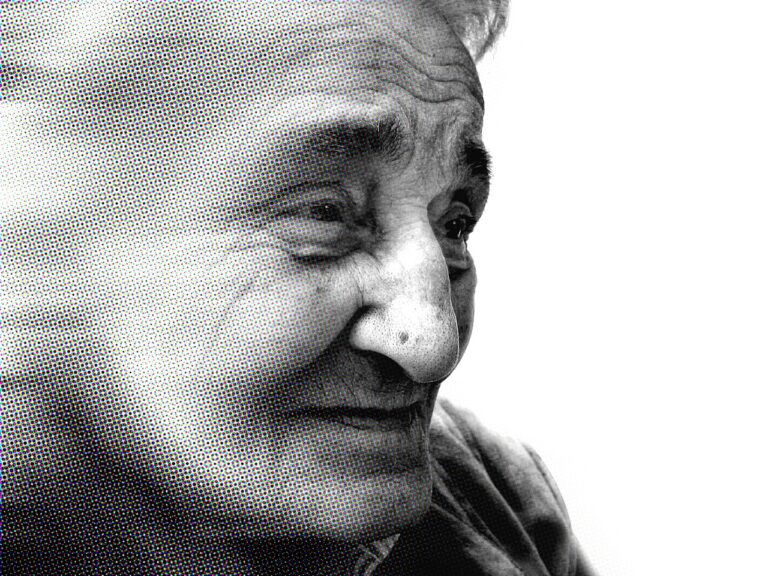The Future of Prosthetics: Advances in Design and Functionality
Modern prosthetics offer a wide range of key features that aim to enhance the functionality and comfort for amputees. One of the most significant features is the use of advanced materials that are lightweight, durable, and flexible, allowing for improved mobility and range of motion. These materials also provide a more natural look and feel, helping users regain confidence and independence in their daily activities.
Another key feature of modern prosthetics is the incorporation of advanced technology, such as microprocessors and sensors, that enable more precise movements and better control over the prosthetic limb. This technology allows users to perform complex tasks with greater ease and efficiency, ultimately improving their quality of life. Additionally, many modern prosthetics are customizable and adjustable, ensuring a tailored fit and optimal function for each individual user.
Innovations in Materials and Manufacturing Processes
In recent years, advancements in materials have revolutionized the field of prosthetics. High-performance polymers, such as carbon fiber reinforced plastics, have greatly improved the strength-to-weight ratio of prosthetic limbs, making them more durable and comfortable for users. Additionally, the use of 3D printing technology has enabled custom-fit prosthetics to be quickly and cost-effectively produced, ensuring a better fit and greater mobility for patients.
Manufacturing processes have also seen significant improvements with the integration of computer-aided design (CAD) and computer-aided manufacturing (CAM) software. This allows for precise and complex designs to be translated into prosthetic devices with high accuracy and efficiency. Additive manufacturing techniques, such as selective laser sintering, have further streamlined the production process by reducing waste materials and allowing for intricate and lightweight designs to be created.
What are some key features of modern prosthetics?
Modern prosthetics are highly customizable, lightweight, durable, and designed to provide a natural range of motion and comfort for the user.
How have materials and manufacturing processes evolved in the field of prosthetics?
Advances in materials such as carbon fiber, titanium, and silicone have made prosthetics lighter, stronger, and more realistic. 3D printing technology has also revolutionized the manufacturing processes, allowing for faster production and greater customization.
How do innovations in materials and manufacturing processes benefit prosthetic users?
These innovations result in prosthetics that are more comfortable, functional, and aesthetically pleasing. They also allow for quicker production times and more affordable options for users.





